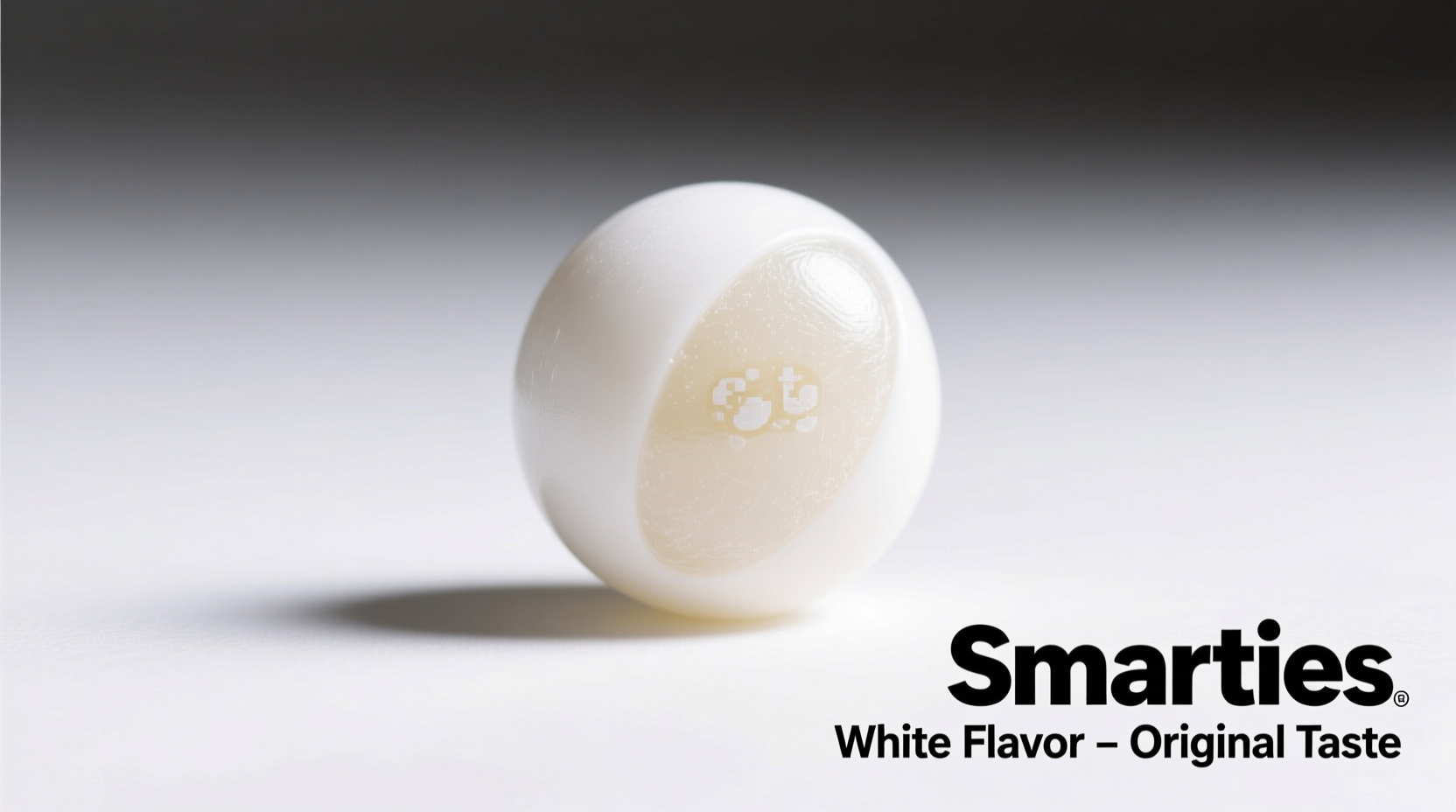Ever unwrapped a roll of American Smarties and wondered why the white tablet doesn't taste like white chocolate? You're not alone. This common candy confusion has puzzled consumers for decades, creating one of the most persistent misconceptions in the confectionery world. Let's clear up the mystery once and for all with verified facts about American Smarties flavors.
The Great Smarties Flavor Misconception
When you reach for that familiar purple roll of Smarties, your brain might automatically assume the white tablet contains white chocolate—especially if you've encountered European or Canadian versions of the candy. But in the United States, Smarties Candy Company produces a distinctly different product from the Nestlé-made Smarties sold elsewhere. Understanding this fundamental difference is key to solving the white Smartie mystery.
American Smarties Flavor Breakdown
Unlike their international counterparts, American Smarties have never contained chocolate of any kind. All Smarties tablets are made from compressed sugar, citric acid, and artificial flavors. The complete flavor lineup for American Smarties includes:
| Color | American Flavor | International Flavor (Nestlé) |
|---|---|---|
| White | Orange | White Chocolate |
| Yellow | Lemon | Lemon |
| Pink | Cherry | Strawberry |
| Purple | Grape | Raspberry |
| Green | Strawberry | Green Apple |
| Orange | Orange | Orange |
Smarties Timeline: How Two Versions Emerged
The confusion stems from a historical split in Smarties production that began decades ago:
- 1949: Edward Dee founded Smarties Candy Company in New Jersey, creating the sugar-based tablet candy Americans know today
- 1937: Nestlé introduced chocolate-covered Smarties in the UK, establishing the chocolate version popular in most other countries
- 1960s-1980s: Both products gained popularity in their respective markets with completely different formulations
- 1990s-Present: Globalization increased consumer awareness of the differences, leading to ongoing confusion

Why the White Smartie Isn't White Chocolate
Many consumers assume all Smarties contain chocolate because:
- International versions (sold in UK, Canada, Australia) do include white chocolate tablets
- The name "Smarties" is strongly associated with chocolate outside the US
- Visual expectation leads people to anticipate white chocolate in the white tablet
However, the U.S. Food and Drug Administration has specific standards for products labeled as chocolate. Since American Smarties contain no cocoa products whatsoever, they cannot legally be called chocolate. The Smarties Candy Company has maintained their sugar-based formula since their founding, with the white tablet consistently flavored as orange.
Verifying Smarties Information: Official Sources
To avoid misinformation about candy products, always consult primary sources:
- Smarties Candy Company's official website confirms their product contains no chocolate ingredients
- Product packaging clearly lists "artificial orange flavor" for the white tablets
- Ingredient statements on the Smarties website verify the sugar-based composition
Common Smarties Questions Answered
Understanding these distinctions helps clarify why American Smarties differ from what many expect. The next time you enjoy a roll of Smarties, you'll know exactly what flavor to anticipate from each colorful tablet—especially that surprising white one.











 浙公网安备
33010002000092号
浙公网安备
33010002000092号 浙B2-20120091-4
浙B2-20120091-4